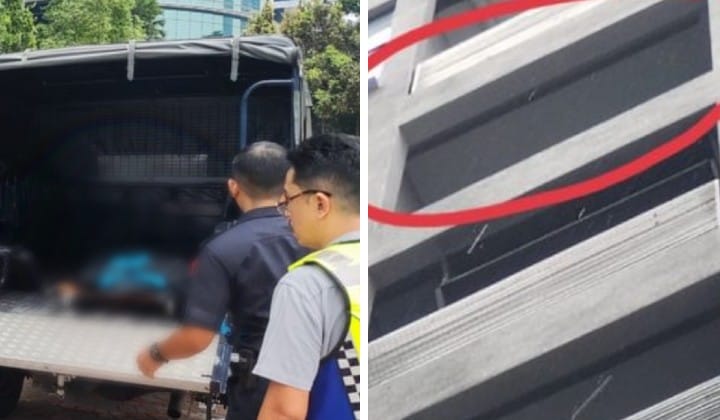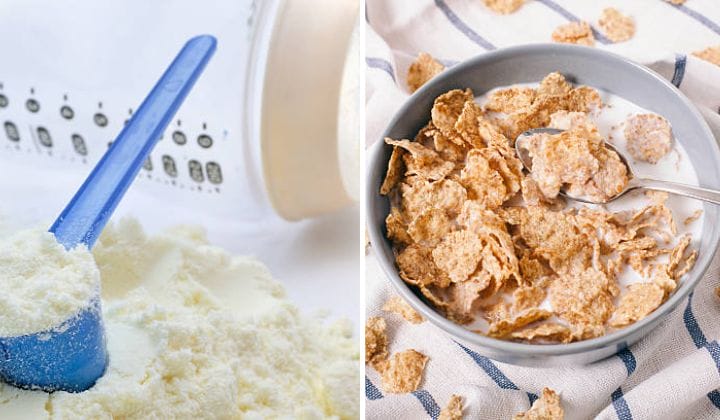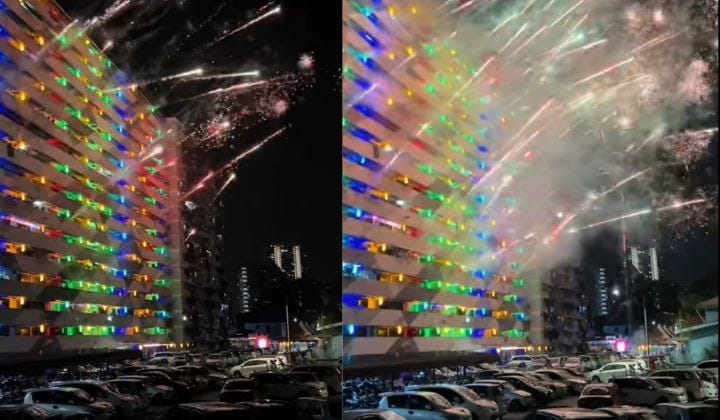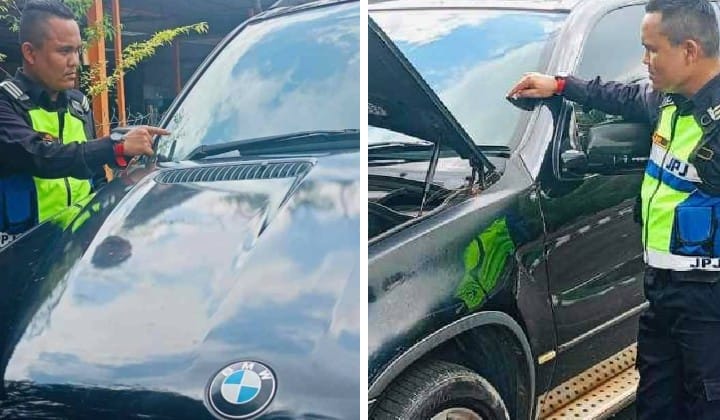These 5 Ways Of Wearing Traditional Malay Tengkolok For Women Mean Different Things
From Tengkolok worn by gurus to Tengkolok worn by warriors, Malay women back in the days have a lot of headdress styles for different statuses.

Subscribe to our Telegram channel for the latest stories and updates.
Tengkolok is a term used to describe a traditional headgear, worn by both Malay men and women once upon a time. It used to have different styles and materials to signify different statuses and identities of the wearer.
The umbrella term for the Malay headgear is said to be Destar. Under it, there are other names like Tengkolok, Semutar, Tanjak, Getam and possibly others. Most of them are for men but Tengkolok is also meant for women.
Thanks to PERNILAM and ML Studios, they’ve compiled a few ways of wearing Tengkolok for women back in the days.
Here are five examples of Tengkolok styles:
1. Tengkolok Segulung
This type of headgear is meant for women doing day-to-day work. There are variations to this Tengkolok, one with the crossed cloth on the forehead (called the Segulung Embuai) and another simple one (called Segulung Getok), which can be regarded as the basic one.
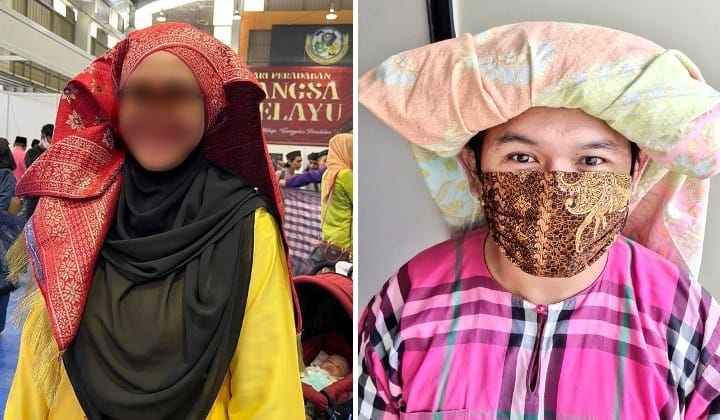
(Credit: PERNILAM / Facebook, @H_Bakkaniy / Twitter)
This cloth is also used for praying as praying veils (telekung) were not available back then. Women working could use their headdresses as something to cover themselves during praying. To avoid it getting dirty while they work, they tie it in a Segulung technique, a simple and effective way to put on and take off.
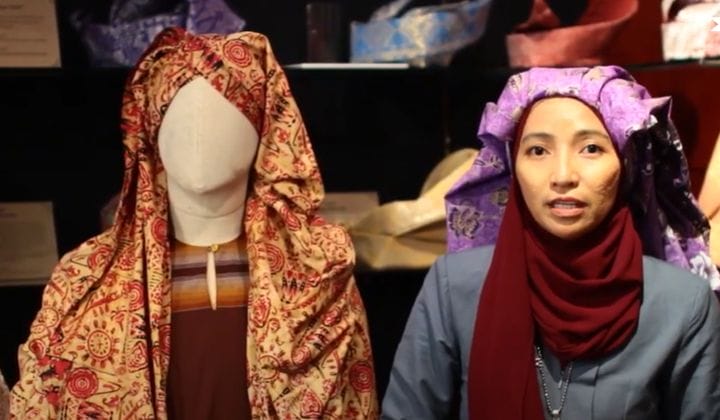
(Credit: Bising Media TV / YouTube)
Below is a tutorial for the Segulung Embuai. It was worn by both workers and maids in palaces (dayang-dayang).
Another version, the Segulung Getok, fairly the basic (and easiest) of them all, can be worn like this. This was usually worn by workers working in the paddy fields or rubber plantations. You can actually still see this style worn by the older generation now, in some rural places.
2. Tengkolok Bulang
This type of Tengkolok is usually worn by virgins, women who aren’t married or don’t have a child yet, and also warriors. It is also worn during strenuous outdoor activities like silat (Malay martial art).
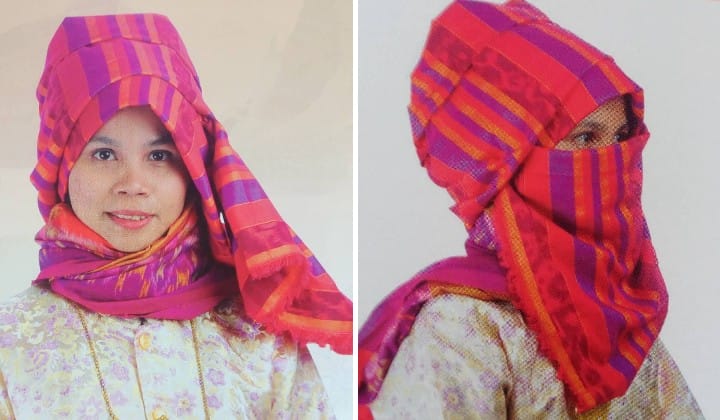
This type of Tengkolok has an extra section at the side of it, cascading down to the shoulders. This part is called ‘sipu-sipu’. It is used to cover the face while in battle or if these women were just shy shy cat in public.
READ MORE: Did You Know Malaysia Has A Lot of Fairytale Princesses And Legends As Well? [Part 1]
Here’s a tutorial on how to do the Bulang Sipu-Sipu style.
3. Tengkolok Kerudung
Next, the Kerudung technique is actually how we get our current ‘tudung‘ style here in Tanah Melayu. It evolved from just covering the head and the back to covering the whole upper part of the body. Additionally, the word ‘tudung‘ was likely derived from ‘kerudung‘.
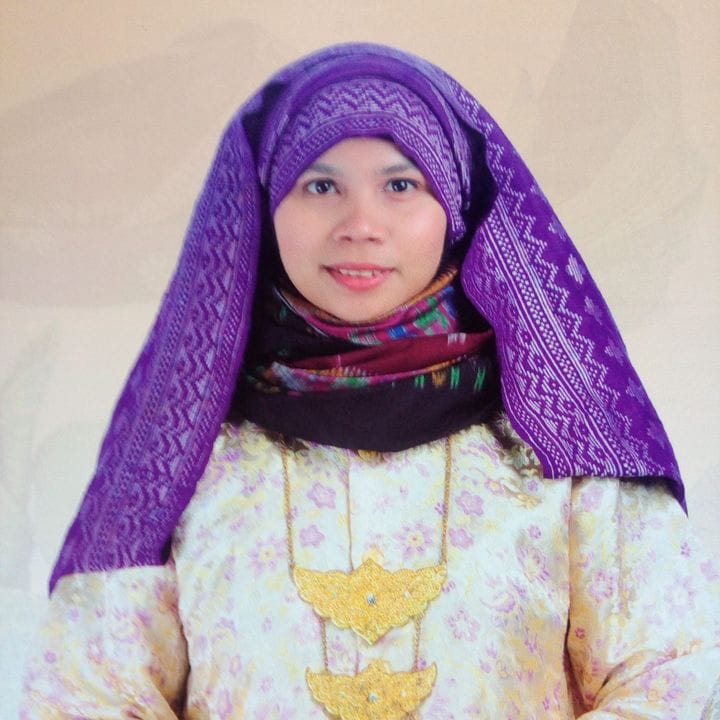
This type of Tengkolok is worn during official ceremonies, ceremonial events, or also on the bride during her wedding ceremony. Other than that, it is also worn by women who went out to teach classes and women who went out to learning classes.
You can watch how to don this style in the video below.
4. Tengkolok Suri
This Tengkolok is only worn by a certain group of women. These women are categorized as someone with great knowledge in a certain field, like gurus or leaders of an association, group or area. They are treated and respected like mentors or experts in their fields and should always set a good example for their followers.

There are two types of Tengkolok Suri, one is the double wrap called the Suri Besar and another with a single wrap called the Suri Kecil. The ones seen wearing the Suri Besar were known to have more knowledge and expertise compared to the Suri Kecil ones. You could say they’re like senior and junior experts.
This video below shows how to don a Suri Besar Tengkolok (minute 0.40) and how to don the simple Segulung Tengkolok (minute 3.00) that we talked about earlier.
5. Tengkolok Siput
Now, this type of Tengkolok is only worn by pregnant, old or sick women present at an event or function. So usually in a function where everyone present there are only women, these ‘vulnerable’ women will wear this headgear and another veil covering their upper body.
When they get into the event and people start to help out with the chores, they’ll remove the outer veil to reveal the shell-like Tengkolok. Basically, this headgear is a symbol of politely telling the others “I’m fragile, I can’t do strenuous work, sorry not sorry.” Quite fancy, isn’t it?
Unfortunately, there’s no tutorial on how to wear this style yet but it looks something like this.

So, who said women can’t wear Tengkolok? We can and we used to too. But the women’s style of course. If a woman wears a man’s style of Tengkolok or vice versa, well, that won’t really sit well with society. Old customs and traditions should be treated respectfully.
READ MORE: Did You Know You’re Wearing Your Relationship Status On Your Kain Batik?
Share your thoughts with us via TRP’s Facebook, Twitter, and Instagram.




